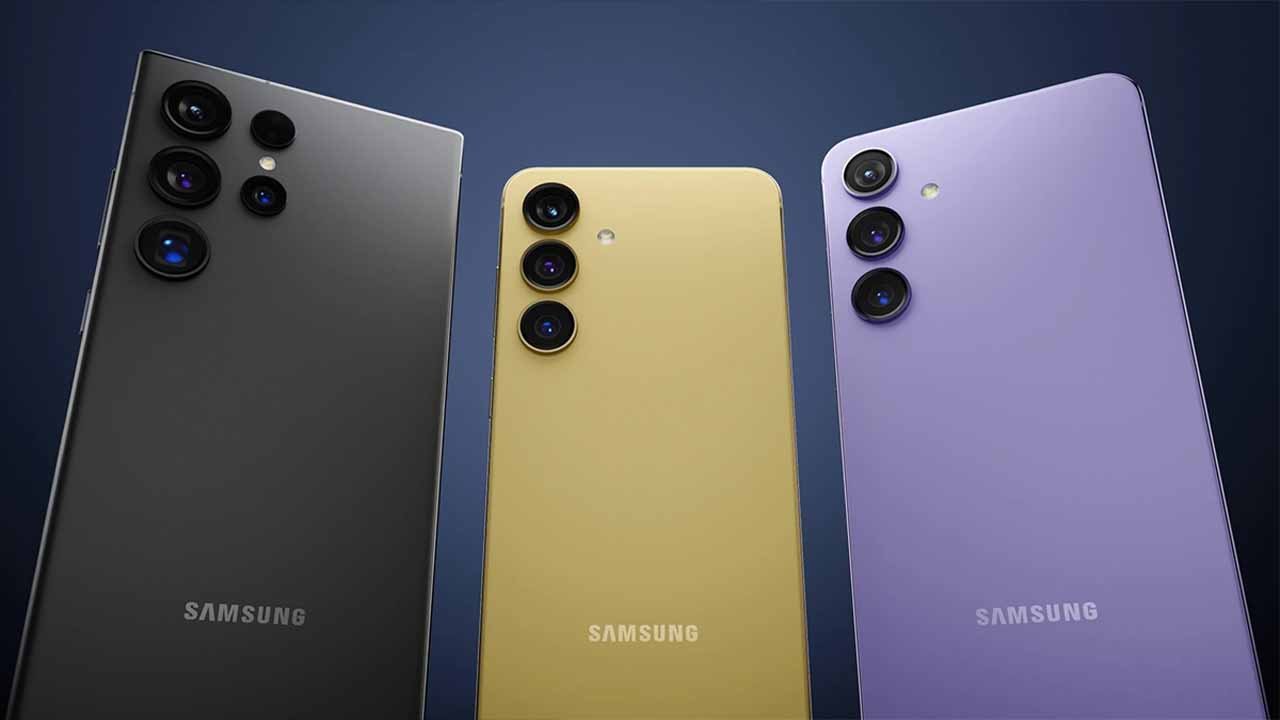
Neuromarketing is a relatively new field that combines neuroscience and marketing to understand how consumers make decisions and how they respond to marketing stimuli.
By using neuroscientific tools and techniques, marketers can gain a deeper understanding of how consumers perceive and interact with brands, products, and services. In this article, we will explore the basics of neuromarketing and discuss how it can be applied to your digital marketing strategy.
Neuromarketing basics
The human brain is a complex and sophisticated organ that processes a vast amount of information every second. Neuroscientists have developed tools and techniques to study how the brain responds to different stimuli, such as images, sounds, and emotions.
These tools include EEG (electroencephalography), fMRI (functional magnetic resonance imaging), eye-tracking, and biometric sensors, among others.
Neuromarketing uses these tools to measure and analyze consumers’ brain activity and physiological responses to marketing stimuli, such as ads, product packaging, and website design. By doing so, marketers can gain insights into how consumers perceive and process information, what motivates their behavior, and how to design more effective marketing campaigns.
How neuromarketing can improve your digital marketing strategy
Understand your target audience
One of the main advantages of neuromarketing is its ability to reveal insights about consumers that traditional marketing research methods cannot capture.
By measuring consumers’ brain activity and physiological responses, marketers can gain a deeper understanding of their emotions, motivations, and behaviors. This information can help marketers to create more accurate and nuanced buyer personas, develop more effective messaging, and create more engaging content.
For example, if you are a B2B marketer trying to reach IT professionals, you might use neuromarketing tools to study how they respond to different types of content, such as white papers, webinars, or infographics.
By measuring their brain activity and physiological responses, you can gain insights into what type of content they find most engaging, what emotions they experience while consuming it, and what motivates them to take action.
Optimize your website design
Website design is critical to digital marketing success, as it affects how consumers perceive and interact with your brand. Neuromarketing can help marketers to optimize their website design by studying how consumers respond to different design elements, such as colors, typography, and layout.
For example, neuromarketing research has shown that consumers respond positively to websites with high visual contrast, clear typography, and simple layouts. By using eye-tracking and biometric sensors, marketers can measure consumers’ attention and emotional responses to different design elements and make data-driven decisions about website design.
Improve your content marketing
Content marketing is a powerful digital marketing strategy that involves creating and sharing valuable content to attract and retain customers. Neuromarketing can help marketers to create more effective content by studying how consumers respond to different types of content, such as videos, blog posts, and social media posts.
For example, neuromarketing research has shown that consumers respond more emotionally to videos than to text-based content. By measuring consumers’ brain activity and physiological responses to different types of content, marketers can create more engaging and persuasive content that resonates with their target audience.
Enhance your advertising
Advertising is a critical component of digital marketing, as it drives traffic and generates leads for your business. Neuromarketing can help marketers to create more effective advertising by studying how consumers respond to different types of ads, such as display ads, video ads, and native ads
For example, neuromarketing research has shown that consumers respond more positively to native ads that blend in with the content on the page than to display ads that are clearly labeled as ads.
By measuring consumers’ brain activity and physiological responses to different types of ads, marketers can create more effective ad campaigns that are more engaging and less intrusive.
Measure the effectiveness of your campaigns
Measuring the effectiveness of your digital marketing campaigns is critical to understanding what works and what doesn’t. Neuromarketing can help marketers to measure the impact of their campaigns by studying how consumers respond to different marketing stimuli, such as ads, landing pages, and email marketing
For example, by using eye-tracking and biometric sensors, marketers can measure consumers’ attention and emotional responses to different ads and landing pages. This information can help them to optimize their campaigns and improve their ROI.
Develop new products and services
Neuromarketing can also be used to develop new products and services that are more appealing to consumers. By studying consumers’ brain activity and physiological responses, marketers can gain insights into what motivates their behavior and what they find most appealing.
For example, neuromarketing research has shown that consumers respond more positively to products that offer a sense of reward or pleasure. By using these insights, marketers can create new products and services that appeal to consumers’ emotions and motivations.
Conclusion
Neuromarketing is a powerful tool for digital marketers looking to gain a deeper understanding of their target audience and create more effective marketing campaigns.
By using neuroscientific tools and techniques, marketers can measure and analyze consumers’ brain activity and physiological responses to marketing stimuli, such as ads, website design, and content marketing.
This information can help marketers to optimize their campaigns, improve their ROI, and develop new products and services that resonate with consumers.












